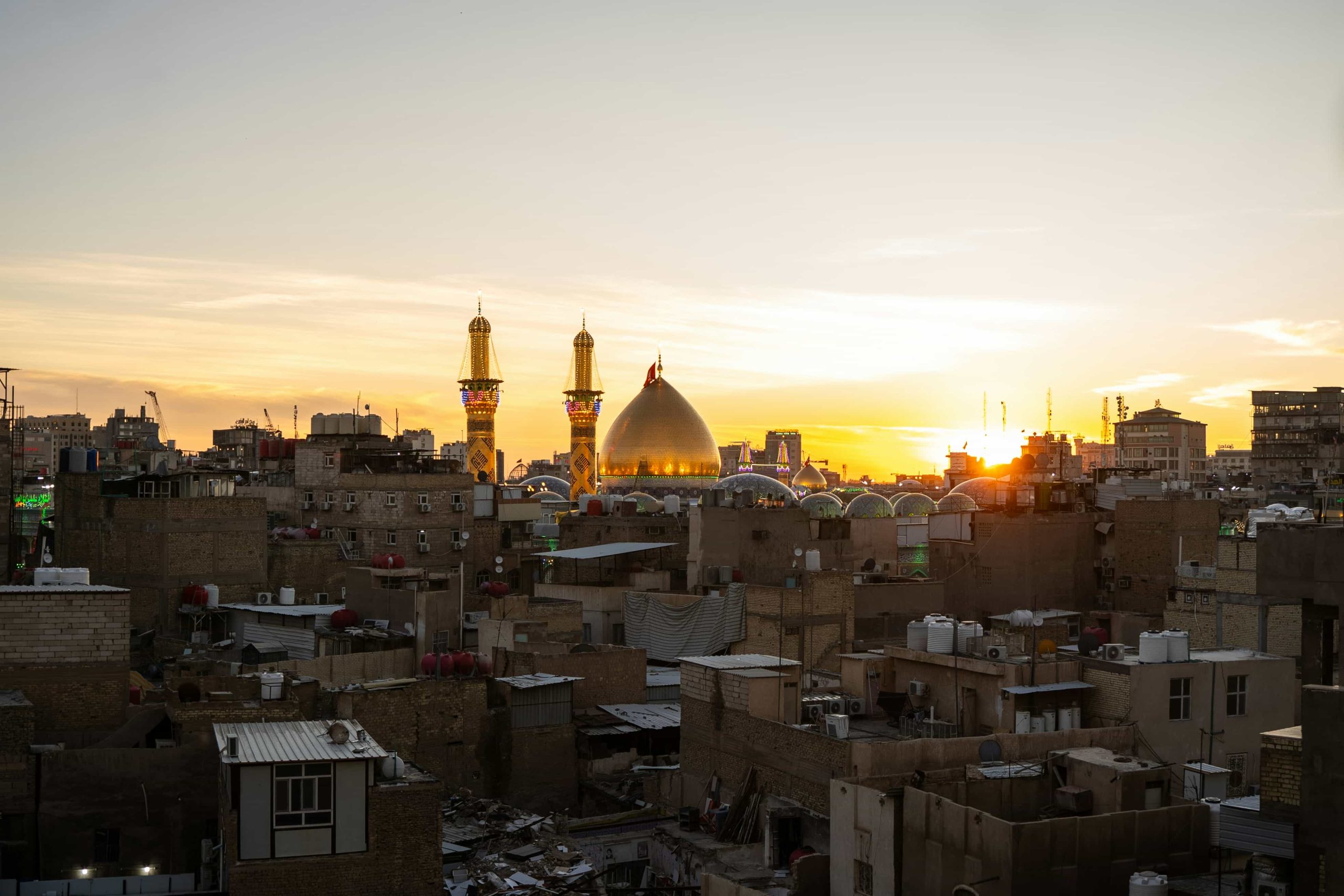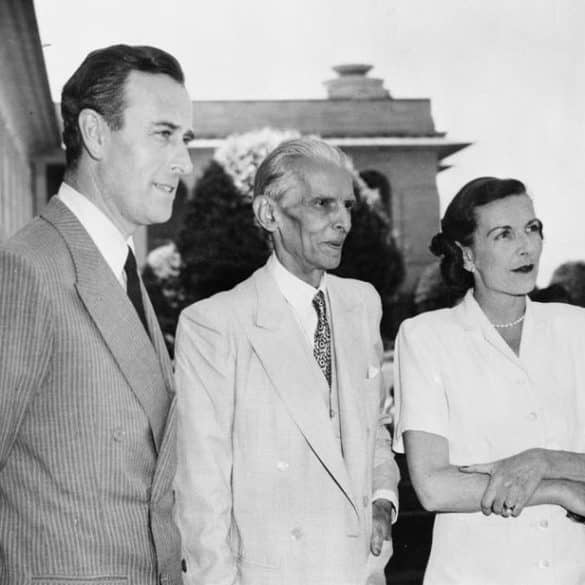Iraqi Culture and Its Rich Mesopotamian Heritage Through History
You know, there’s something absolutely fascinating that happens when you first really dig into Iraqi culture—it’s like peeling back layers of history that stretch back literally thousands of years. I remember the first time I truly grasped that modern Iraq sits atop what many consider the “cradle of civilization.” We’re talking about the land between the Tigris and Euphrates rivers where humans first figured out writing, developed complex societies, and laid the groundwork for pretty much everything we consider “civilization” today.
What strikes me most about Iraqi culture isn’t just its incredible age—though that’s mind-blowing enough—but how it’s managed to maintain distinct threads of continuity despite experiencing wave after wave of change, conquest, and transformation. From ancient Sumerians to modern Iraqis, there’s this remarkable cultural DNA that persists, adapts, and somehow thrives.
But here’s what really gets me excited about exploring Iraqi culture—it’s not some museum piece locked away in the past. This is a living, breathing cultural ecosystem that continues to evolve, adapt, and influence the broader Middle Eastern and global landscape. When we talk about Iraqi culture today, we’re discussing everything from ancient cuneiform tablets to contemporary Iraqi-American hip-hop artists, from traditional masgouf (grilled fish) recipes passed down through generations to modern Iraqi filmmakers winning international acclaim.
Iraq Cultural Heritage Snapshot
Geographic Cultural Regions: Iraq encompasses distinct cultural zones including central Mesopotamian plains, Kurdish highlands, southern marshlands, and western desert regions—each contributing unique traditions to the national tapestry.
Languages: Arabic and Kurdish serve as official languages, with Turkmen, Assyrian, and Armenian communities maintaining their linguistic heritage.
Religious Diversity: Home to Shia and Sunni Muslims, various Christian denominations, Yazidis, Mandeans, and other faith communities.
Ancient Mesopotamian Cultural Foundations
Let me tell you something that absolutely blew my mind when I first learned about it—the Sumerians, who lived in what’s now southern Iraq around 4500 BCE, didn’t just invent writing. They basically invented the concept of urban civilization as we know it1. We’re talking about the world’s first cities, the first schools, the first libraries, and arguably the first complex legal systems.
The Epic of Gilgamesh, written in ancient Mesopotamia, isn’t just literature—it’s humanity’s first great literary work, exploring themes of friendship, mortality, and the human condition that still resonate today2. When I read passages from Gilgamesh, I’m always struck by how… well, how human it feels. These weren’t alien beings from another planet; these were people grappling with the same fundamental questions we still face.
What’s particularly fascinating is how this ancient cultural foundation established patterns that you can still see in modern Iraqi society. The emphasis on hospitality, the importance of extended family networks, the reverence for learning and scholarship—these aren’t recent developments. They’re cultural threads that stretch back literally millennia.
Islamic Golden Age and Cultural Flowering
Now here’s where Iraqi cultural history gets really exciting—and I mean absolutely thrilling from an intellectual standpoint. When Baghdad was established as the Abbasid capital in 762 CE, it basically became the New York City of the medieval world. Seriously. We’re talking about a cosmopolitan center that attracted scholars, artists, merchants, and intellectuals from across the known world3.
The House of Wisdom in Baghdad—now this is something that gives me chills every time I think about it. Picture the world’s first truly international research institute, where scholars translated and preserved works from Greek, Persian, Indian, and other traditions while simultaneously conducting original research in mathematics, astronomy, medicine, and philosophy4. The cultural impact was enormous.
What really strikes me about this period is how it established Iraq as a cultural bridge. You had Persian administrative traditions mixing with Arab literary forms, Greek philosophical methods combining with Islamic theological frameworks, and Indian mathematical concepts being refined and transmitted westward. This wasn’t just cultural exchange—it was cultural innovation on a massive scale.
Ottoman Period: Cultural Continuity and Change
When the Ottomans incorporated Iraq into their empire in the 16th century, they didn’t just impose a new political system—they introduced what I’d describe as a fascinating cultural layering process. Turkish administrative culture, Sufi mystical traditions, and distinctive architectural styles all became part of the Iraqi cultural mix5.
Honestly, what impresses me most about this period is how Iraqi communities managed to maintain their distinct regional identities while adapting to Ottoman imperial culture. In Baghdad, you saw the emergence of distinctive coffee house cultures where poetry was recited and political discussions flourished. In Basra, maritime trading connections created a uniquely cosmopolitan merchant culture. And in the Kurdish regions, traditional clan structures adapted to Ottoman administrative frameworks while preserving highland cultural practices.
Colonial Impact and Cultural Resistance
The British Mandate period (1920-1932) represents what I consider one of the most complex chapters in Iraqi cultural development. On one hand, you had the introduction of modern educational systems, legal frameworks, and administrative structures. On the other hand, there was this persistent cultural resistance that manifested in literature, art, and social movements6.
What really fascinates me is how Iraqi intellectuals during this period began articulating a distinctly modern Iraqi cultural identity. Writers like Ma’ruf al-Rusafi and Jamil Sidqi al-Zahawi weren’t just creating literature—they were essentially inventing the cultural vocabulary for modern Iraq. They drew on classical Arabic literary traditions while addressing contemporary social issues in ways that resonated with ordinary Iraqis.

Contemporary Iraqi Cultural Landscape
Let me tell you what I find absolutely remarkable about modern Iraqi culture—it’s this incredible ability to maintain deep traditional roots while embracing contemporary expression. When you experience Iraqi culture today, whether in Baghdad, Erbil, or in diaspora communities worldwide, you’re witnessing something that’s both thoroughly ancient and completely modern.
Take Iraqi cuisine, for instance. I’ve had the privilege of experiencing authentic Iraqi meals, and honestly? It’s like tasting history. The masgouf preparation method—grilling fish on riverside reeds—hasn’t changed substantially in centuries7. But contemporary Iraqi chefs are taking those traditional techniques and creating innovative fusion dishes that speak to modern palates while honoring ancestral methods.
Iraqi Cultural Expression Today
Modern Iraqi culture manifests through diverse channels: literature that grapples with displacement and identity, visual arts that blend traditional Islamic motifs with contemporary themes, music that fuses classical maqam with hip-hop influences, and cinema that tells uniquely Iraqi stories for global audiences.
Regional and Ethnic Cultural Diversity
What really excites me about Iraqi culture is its incredible internal diversity. We’re not talking about one monolithic “Iraqi culture”—we’re talking about this beautiful tapestry of interconnected but distinct cultural traditions. The Kurdish regions in the north have maintained their own language, musical traditions, and cultural practices while fully participating in broader Iraqi cultural life8.
| Cultural Region | Distinctive Features | Traditional Arts | Modern Expression |
|---|---|---|---|
| Kurdistan (North) | Kurdish language, mountain traditions | Folk dancing, epic poetry | Contemporary Kurdish cinema |
| Central Iraq (Baghdad) | Urban cosmopolitan culture | Maqam music, calligraphy | Modern art galleries, theater |
| South (Basra region) | Maritime culture, marsh traditions | Boat-building, reed architecture | Environmental activism, literature |
| Western regions | Bedouin heritage, tribal customs | Oral poetry, traditional crafts | Cultural preservation projects |
The Marsh Arabs of southern Iraq represent something truly unique—a culture that developed in harmony with the wetland environment of the Tigris-Euphrates delta. Their traditional mudhif (reed houses) aren’t just architectural marvels; they represent a sustainable building tradition that’s thousands of years old9. When I see photos of these structures, I’m always amazed by how they seem to grow organically from the landscape itself.
Religious and ethnic minorities have contributed enormously to Iraqi cultural richness. The Assyrian communities maintain ancient Christian traditions and languages that connect directly to early Christianity. The Mandeans preserve one of the world’s oldest monotheistic religions. The Turkmen communities add Central Asian cultural elements. Each group doesn’t just “add to” Iraqi culture—they fundamentally shape what Iraqi culture means10.
Cultural Preservation and Future Outlook
Here’s something that both breaks my heart and fills me with hope—the incredible resilience of Iraqi culture in the face of enormous challenges. The past several decades have been, let’s be honest, absolutely devastating for Iraq. Wars, sanctions, sectarian violence, and the emergence of extremist groups like ISIS have created unprecedented threats to cultural heritage and continuity11.
But—and this is what gives me so much hope—Iraqi culture has proven remarkably adaptive and persistent. When ISIS deliberately destroyed ancient Assyrian artifacts and demolished historical sites, Iraqi archaeologists and cultural preservationists responded by developing innovative digital preservation techniques. When traditional cultural centers were damaged or destroyed, communities created new spaces for cultural expression12.
Diaspora Cultural Continuity
One of the most fascinating aspects of contemporary Iraqi culture is how diaspora communities worldwide have become cultural preservation centers. Iraqi-Americans in Detroit, Iraqi-Canadians in Toronto, Iraqi-Europeans in London and Stockholm—these communities aren’t just maintaining traditional practices; they’re innovating and creating new forms of Iraqi cultural expression13.
I’ve been amazed by how second and third-generation Iraqi diaspora artists are creating works that speak to both their Iraqi heritage and their contemporary experiences. Hip-hop artists incorporating traditional maqam scales, visual artists blending calligraphy with street art techniques, writers exploring themes of displacement and belonging—this isn’t cultural dilution; it’s cultural evolution.
Cultural Preservation Strategies
- Digital archiving of traditional music, oral histories, and cultural practices
- Community cultural centers in diaspora populations maintaining language and traditions
- International collaboration on archaeological site protection and restoration
- Educational programs teaching traditional crafts and artistic techniques
- Documentation of regional dialects and linguistic variations
The role of technology in cultural preservation has been particularly striking. Iraqi cultural organizations have embraced digital platforms not just to preserve traditional forms but to create new spaces for cultural expression. Virtual museum tours, online language learning programs, digital storytelling projects—these initiatives are ensuring that Iraqi culture remains accessible to new generations regardless of geographic location14.
Looking toward the future, I’m genuinely optimistic about Iraqi culture’s trajectory. Yes, there are enormous challenges—ongoing political instability, economic difficulties, and the complex process of post-conflict recovery. But the fundamental strength of Iraqi cultural traditions, combined with the creativity and resilience of Iraqi people both within Iraq and in diaspora communities, suggests that this ancient culture will continue to adapt, evolve, and contribute to global cultural heritage.
What really excites me is seeing how young Iraqis are approaching their cultural inheritance. They’re not treating it as a museum piece to be preserved unchanged, but as a living tradition to be reinterpreted for contemporary relevance. Whether it’s through music, literature, visual arts, or digital media, they’re finding ways to honor their heritage while speaking to current realities and future possibilities.
Iraqi culture, with its deep historical roots and remarkable adaptability, offers valuable lessons about cultural resilience, innovation, and the power of human creativity to transcend even the most challenging circumstances. As we look ahead, the continued evolution of this ancient cultural tradition promises to enrich not just the Middle Eastern cultural landscape but global human heritage as a whole.


